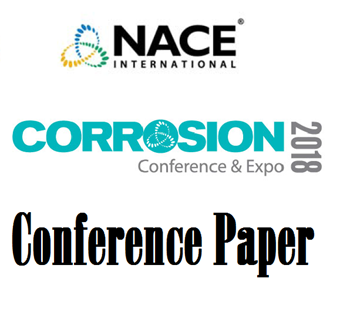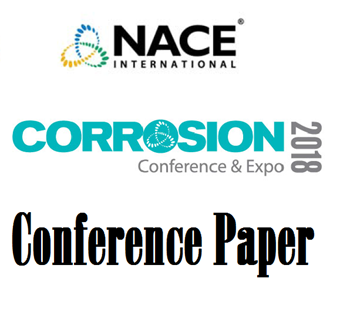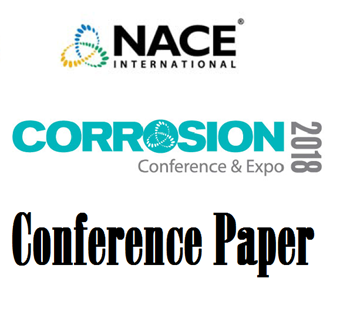Search
51318-11389-Study of Inhibitor Film Persistency with Critical Pitting Temperature (CPT) Technique
Also Purchased
51318-11396-Myth on Tempering Temperature and PWHT Temperature of Cr-Mo steels
Product Number:
51318-11396-SG
Publication Date:
2018
$20.00
51318-11398- Modeling of Microbiologically Influenced Corrosion (MIC) in the Oil and Gas Industry - Past, Present and Future
Product Number:
51318-11398-SG
Publication Date:
2018
$20.00
51318-10805-Understanding Film Persistency using Adsorption and Desorption Studies
Product Number:
51318-10805-SG
Publication Date:
2018
$20.00




